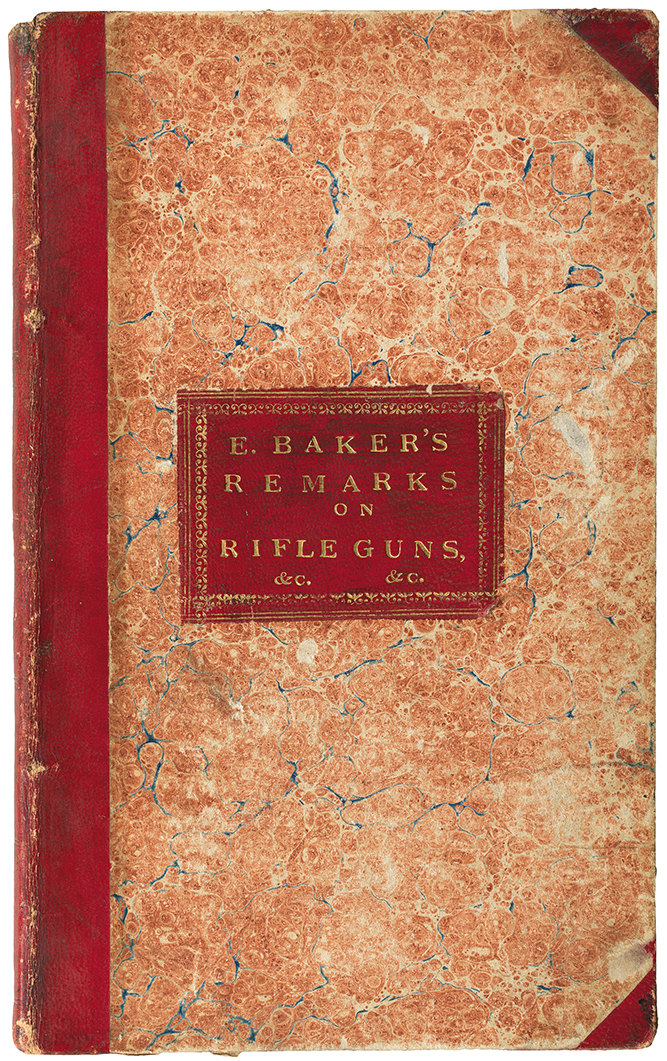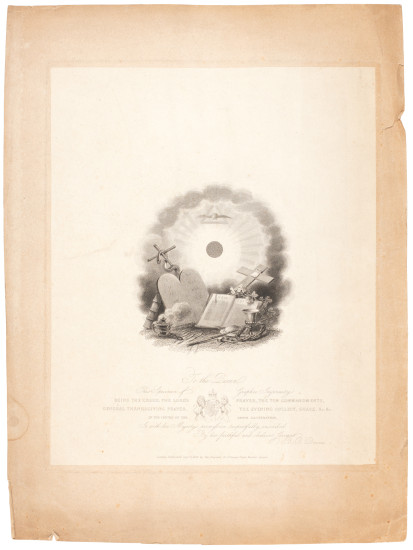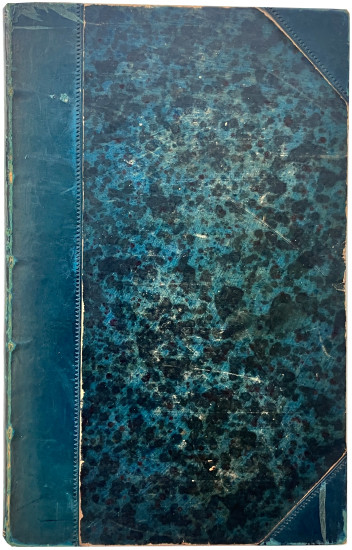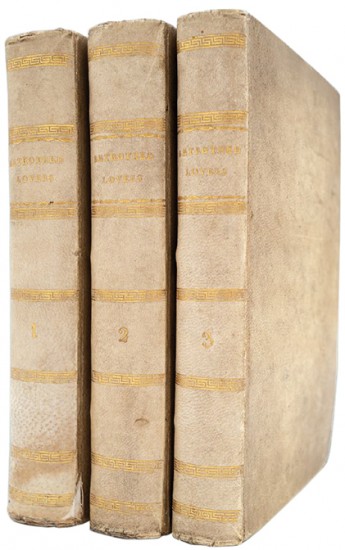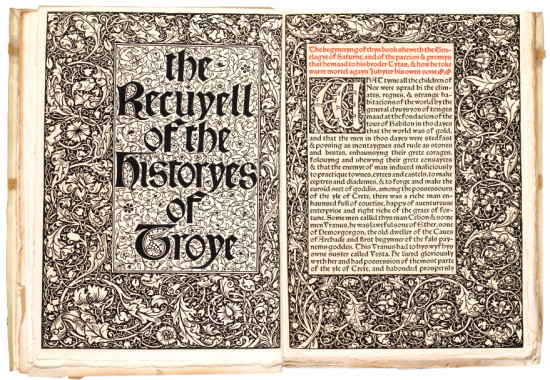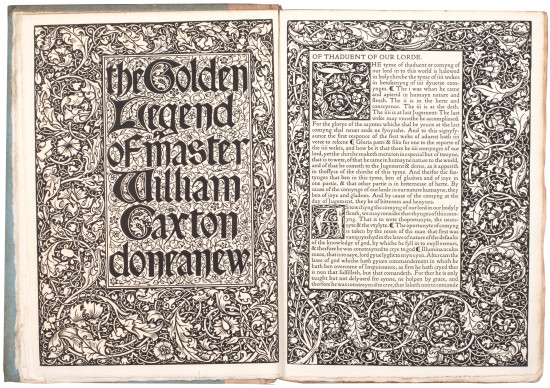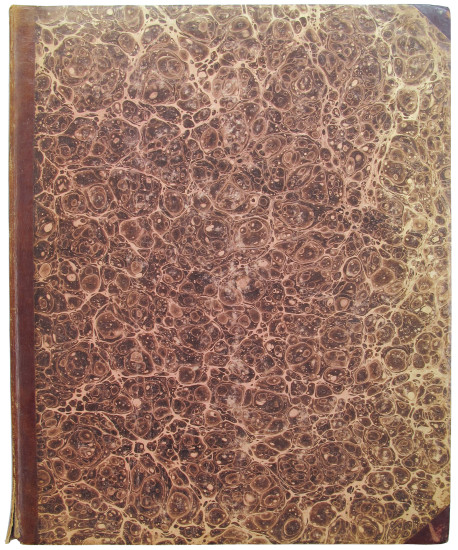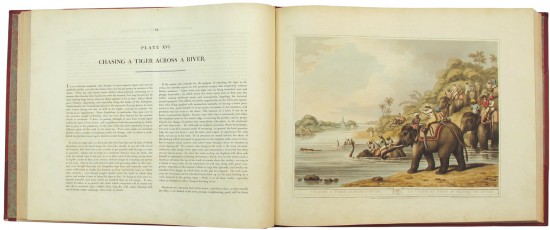Remarks on Rifle Guns Being the Result of Forty Years Practice and Observations: with Specific Regard to Fowling Pieces
Baker, Ezekiel
London. Printed E. Justins ... Sold by E. Baker ... And Jarvis ... &c. 1823
A very good copy of Baker's work on rifles with the plates with fine colouring by hand.
Ezekiel Baker (1758 - 1836), the Whitechapel-based gunsmith, was notable for the British Army's use of his rifle, known subsequently as 'The Baker Rifle', the first gun to feature a rifled barrel and the weapon issued to the elite Corps of Riflemen after its establishment in 1800. The Board of Ordnance for the British Army had come to the conclusion, by the late eighteenth-century, that a new weapon was required for an elite corps and during the first week of February 1800 a series of tests was undertaken of procured weapons (British, American and continental). The trials resulted in the adoption of Baker's weapon and later in the same year, the establishment of the Corps of Riflemen, later the Rifle Brigade, who would use the gun. The Baker Rifle, the Third Pattern introduced in 1806 and by 1823 the standard issue, was used throughout the Napoleonic Wars by a number of regiments, but saw particular service in the Peninsula War (used by the 95th Regiment of Foot) and at Waterloo; the French, by contrast, did not use rifles - they were withdrawn on Napoleon's order in 1807 - due to unreliability and the difficulty of use.
'The accuracy of the Baker Rifle can be attested by the actions of one Rifleman Plunkett of the 1st Battalion of the 95th Regiment. During the retreat to Corunna Plunkett shot through the head and killed the French General Colbert at an estimated range of 600 yards. On denying it was a lucky shot he thereupon shot an aide-de-camp going to Colbert's assistance.' (Eric E. Edwards' 'The Baker Rifle').
Baker first published his 'Remarks' in 1800 (it contained only 18 pages) but revised the work continually, issuing a total of 11 editions, with the last published in 1835. COPAC locates a single copy of the present edition, that at Oxford University, while OCLC adds two additional copies, both in North America: those at the University of Chicago and the Hagley Museum and Library in Wilmington, Delaware (a presentation copy to George IV's brother, the Duke of Sussex).
Baker's full title reads as follows: 'Remarks on Rifle Guns; being the result of Forty Years Practice and Observations: With Specific Remarks on Fowling Pieces. Eighth Edition, with Considerable Additions and Improvements. To Which is Added, A Supplement, Respecting an Additional Improvement in Gun and Door Locks, and Spring Bolts; for which A Third Silver Medal Has Been Awarded by the Society of Arts: Containing a Description of a New Machine for Taking True Sight in Shooting Flying, and Important Remarks on the Percussion Lock. By Eziekel Baker, Gun and Rifle Maker to His Majesty George the Fourth, The Hon. Board of Ordnance, and the Hon. East India Company. Dedicated, by Permission, to His Most Gracious Majesty, King George the Fourth.'
Ezekiel Baker (1758 - 1836), the Whitechapel-based gunsmith, was notable for the British Army's use of his rifle, known subsequently as 'The Baker Rifle', the first gun to feature a rifled barrel and the weapon issued to the elite Corps of Riflemen after its establishment in 1800. The Board of Ordnance for the British Army had come to the conclusion, by the late eighteenth-century, that a new weapon was required for an elite corps and during the first week of February 1800 a series of tests was undertaken of procured weapons (British, American and continental). The trials resulted in the adoption of Baker's weapon and later in the same year, the establishment of the Corps of Riflemen, later the Rifle Brigade, who would use the gun. The Baker Rifle, the Third Pattern introduced in 1806 and by 1823 the standard issue, was used throughout the Napoleonic Wars by a number of regiments, but saw particular service in the Peninsula War (used by the 95th Regiment of Foot) and at Waterloo; the French, by contrast, did not use rifles - they were withdrawn on Napoleon's order in 1807 - due to unreliability and the difficulty of use.
'The accuracy of the Baker Rifle can be attested by the actions of one Rifleman Plunkett of the 1st Battalion of the 95th Regiment. During the retreat to Corunna Plunkett shot through the head and killed the French General Colbert at an estimated range of 600 yards. On denying it was a lucky shot he thereupon shot an aide-de-camp going to Colbert's assistance.' (Eric E. Edwards' 'The Baker Rifle').
Baker first published his 'Remarks' in 1800 (it contained only 18 pages) but revised the work continually, issuing a total of 11 editions, with the last published in 1835. COPAC locates a single copy of the present edition, that at Oxford University, while OCLC adds two additional copies, both in North America: those at the University of Chicago and the Hagley Museum and Library in Wilmington, Delaware (a presentation copy to George IV's brother, the Duke of Sussex).
Baker's full title reads as follows: 'Remarks on Rifle Guns; being the result of Forty Years Practice and Observations: With Specific Remarks on Fowling Pieces. Eighth Edition, with Considerable Additions and Improvements. To Which is Added, A Supplement, Respecting an Additional Improvement in Gun and Door Locks, and Spring Bolts; for which A Third Silver Medal Has Been Awarded by the Society of Arts: Containing a Description of a New Machine for Taking True Sight in Shooting Flying, and Important Remarks on the Percussion Lock. By Eziekel Baker, Gun and Rifle Maker to His Majesty George the Fourth, The Hon. Board of Ordnance, and the Hon. East India Company. Dedicated, by Permission, to His Most Gracious Majesty, King George the Fourth.'
pp. x, 156, 129 - 142 (Index with repeated pagination), 8 (Additional Supplement). 8vo. (216 x 135 mm). Engraved frontispiece ('Rifleman Presenting') by Barlow with additional colouring by hand, engraved leaf with the Royal Arms (coloured by hand) and reproduction of three targets shot by the (then) Prince of Wales in 1805, printed title, half-title, leaf with dedication to the King (George IV), leaf with contents, two leaves with Baker's introduction and Baker's text (including Index and 'Additional Supplement'), 3 further engraved plates by Barlow, numbered 2 - 4 and all with additional colouring by hand, five engraved plates of tables ('The Weight and Diameter of Lead Balls'), targets and bullet moulds and two engraved plates by Barlow of targets with superimposed human figures, both with additional colouring by hand. Contemporary red calf-backed marbled boards, red calf label to front board with gilt titles, spine ruled in gilt, red sprinkled edges.
#44034
